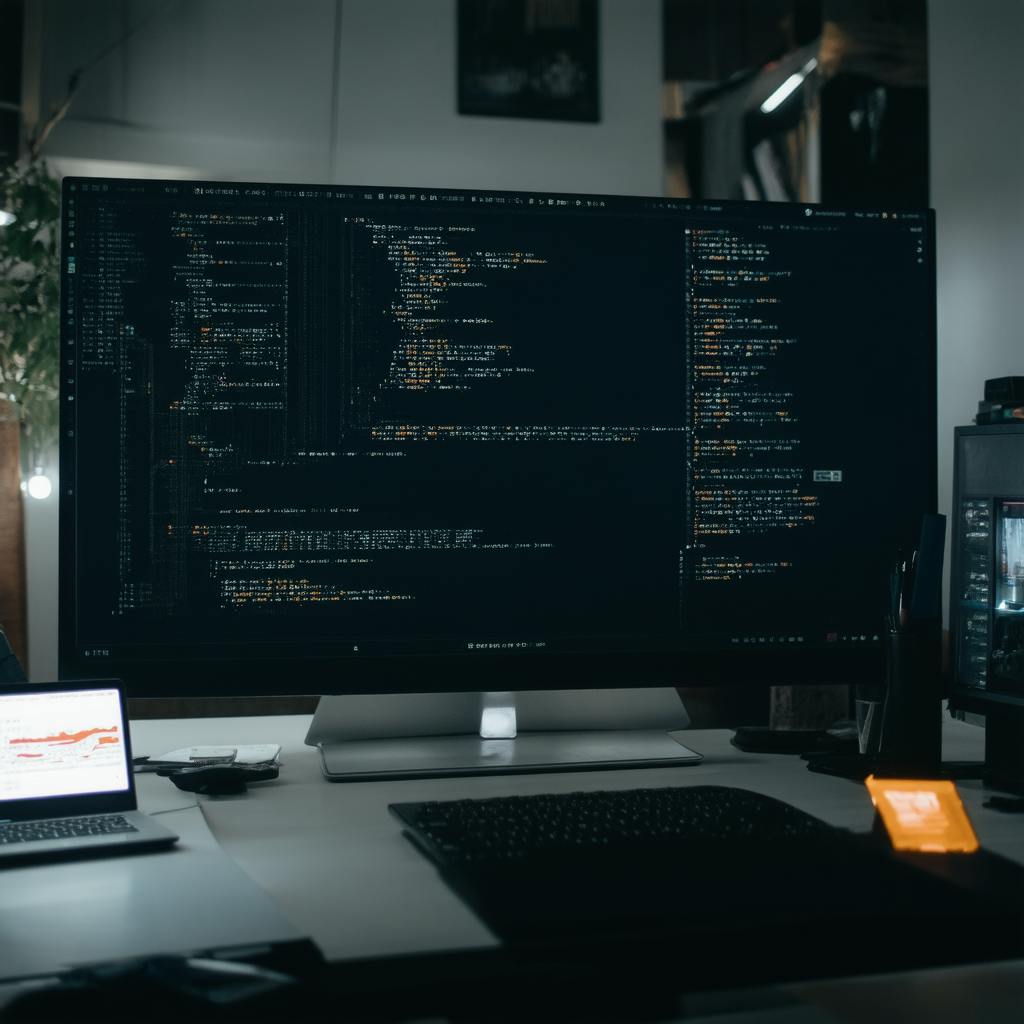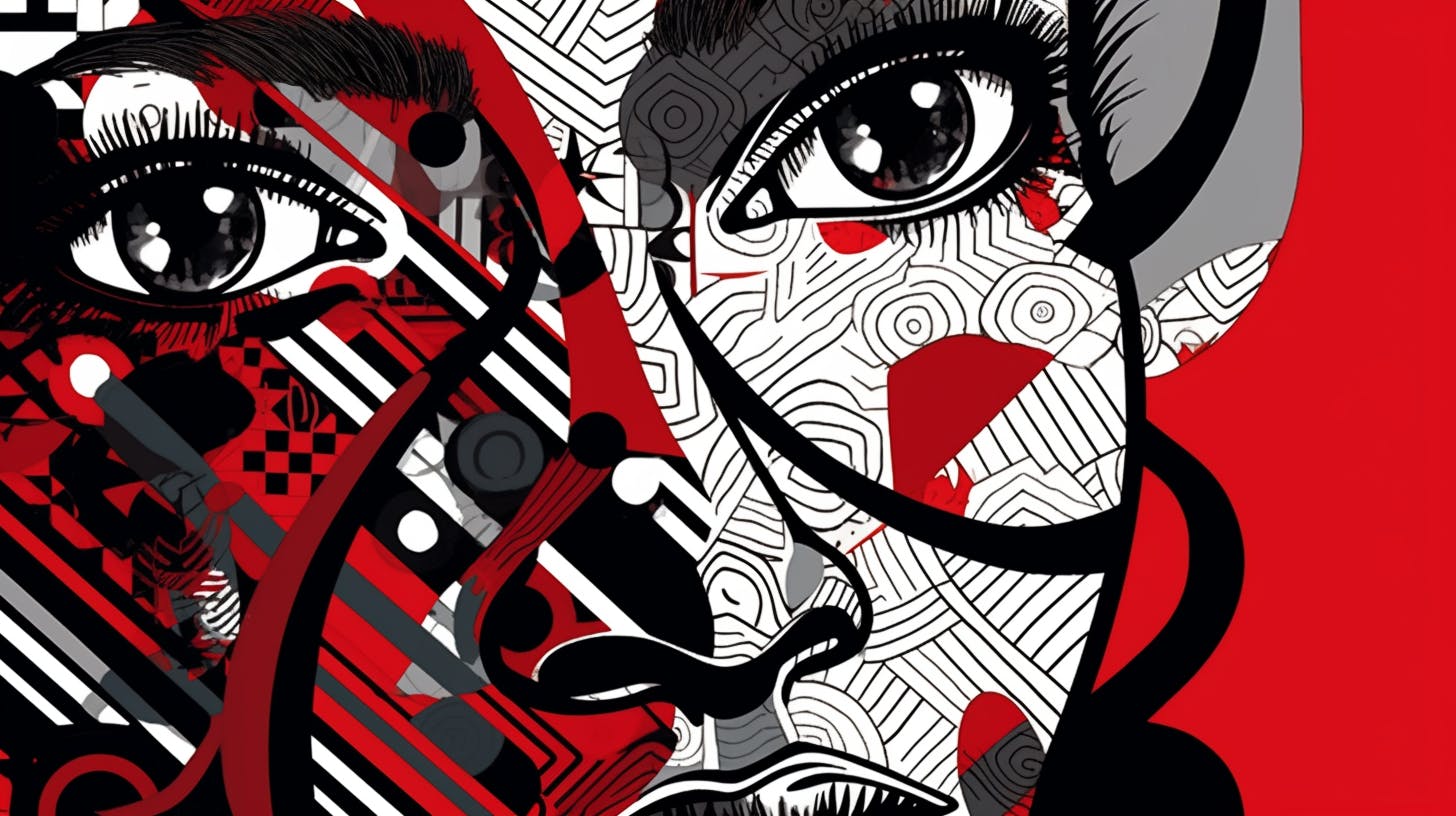In today's rapidly evolving digital landscape, the lines between design and development are becoming increasingly blurred. Coding for design is the art and science of merging aesthetic creativity with functional programming, culminating in creations that are as pleasing to the senses as they are practical in use. Whether you're an aspiring web developer dipping your toes into the pool of graphic design programming or a seasoned designer looking to enhance your programming skills, understanding this intersection is crucial.
Understanding the Confluence of Design and Code
Designing with code requires a unique blend of skills. It involves not just understanding traditional design principles such as balance, contrast, and alignment but also mastering programming languages and frameworks. Languages like HTML, CSS, and JavaScript serve as the building blocks for web design. Additionally, more advanced programming design often incorporates libraries and frameworks such as React or Angular, enabling developers to construct complex, dynamic user interfaces.
Key Considerations in Programming Design
1. User Experience Comes First:
In the realm of coding for design, the user's journey should be at the forefront of every decision. This means ensuring that navigation is intuitive and interfaces are responsive across all devices.
2. Maintain Design Integrity:
It's one thing to conceptualize a stunning design, and another to implement it without deviation. This requires a meticulous approach to coding, ensuring every pixel aligns perfectly with the design blueprint.
3. Optimization is Key:
Graphics and code must work in harmony to ensure fast load times and seamless interaction. This calls for efficient coding practices that prioritize performance, such as minimizing file sizes and reducing unnecessary script usage.
4. Embrace Flexibility and Scalability:
A robust design needs to be adaptable to future changes. Writing modular and reusable code supports this, making it easier to update the design with minimal hassle.

AI made with YK
Coding and Graphic Design: A Mutualistic Relationship
The synergy between coding and graphic design can unlock unprecedented creative potential. Designers are no longer constrained to static representations of their work; they can bring their visions to life through animation and interactive elements. Moreover, understanding how the underlying code functions empower designers to think outside the box, incorporating groundbreaking features that enhance the user interface.
Frequently Asked Questions
Do I need to learn coding to be a better designer?
While it's not mandatory, having a basic understanding of coding can significantly enhance your design capabilities. It enables you to better communicate with developers and helps in realizing your design vision more accurately.
Are there tools that can help integrate coding with design?
Yes, many tools facilitate the integration of coding and design, such as Figma, Adobe XD, and Webflow, which offer features that bridge the gap between static design handoffs and live implementations.
How can I start learning coding for design?
Start with foundational web technologies like HTML and CSS. Then, progress to JavaScript and popular frameworks. Online platforms like Codecademy, Coursera, and Udemy offer courses tailored to beginners and experienced designers alike.
FAQ: Coding for Design
What is the concept of 'coding for design' and how can it bridge creativity and functionality?
Coding for design is the practice where design principles and programming skills come together to create digital products that are not only visually appealing but also highly functional. This concept emphasizes the integration of creative design with the technical aspects of coding to produce seamless user experiences. By understanding both design and coding, web and software developers can ensure that aesthetic aspects do not compromise functionality and vice versa, creating products that are innovative and user-friendly.
This bridging of creativity and functionality involves:
- Collaboration: Designers and developers communicate and work closely to ensure design ideas can be executed technically without losing their essence.
- Efficiency: Integrating coding into design means potential issues or limitations are identified early, reducing the need for significant redesigns later on.
- Innovation: With coding knowledge, designers can push the boundaries by conceptualizing features and elements they know are implementable and efficient.
How can understanding coding enhance my design skills?
Understanding coding can significantly enhance your design skills in several ways:
- Feasibility of Designs: Knowing how code works enables you to design within technical constraints, making your designs more realistic and easier to implement.
- Interactivity & Animation: By grasping coding languages such as JavaScript or CSS, you can introduce interactive features and animations, improving user engagement.
- Prototyping: Coding skills allow you to create functional prototypes that are closer to the final product, facilitating better feedback and improvements.
- Improved Problem-solving: Coding enhances logical thinking and problem-solving skills, which are beneficial in overcoming design challenges and iterating on solutions.
- Efficient Communication: Familiarity with code allows for more effective communication with developers, reducing misunderstandings and speeding up the workflow.
What are some examples of coding improving design functionality?
Here are a few ways coding can improve design functionality:
- Responsive Design: By using CSS media queries, designers can create layouts that automatically adjust to fit different screen sizes, ensuring usability across devices.
- Dynamic Content: With JavaScript, websites can deliver content dynamically without needing to reload the entire page, like updating a shopping cart instantly.
- Enhanced Accessibility: ARIA roles and semantic HTML tags ensure products are accessible, benefiting users with disabilities.
- Advanced Animations: Libraries like GSAP allow designers to implement complex animations that enhance user experiences without sacrificing speed or performance.
- Personalization: Using APIs and backend coding languages, content can be tailored to individual users, creating customized user experiences.

AI made with YK
How can coding contribute to the creativity aspect of design?
Coding expands the creative potential of design in several ways:
- Exploration of New Mediums: With code, designers can explore new digital spaces such as virtual reality (VR) and augmented reality (AR), where creative possibilities are vast and evolving.
- Interactive Storytelling: Coding enables the creation of interactive narratives where users can choose paths and outcomes, increasing engagement and fostering creativity.
- Generative Art: Algorithms can create generative art, where code is utilized to produce unique, evolving visuals that would be too complex to design manually.
- Experimentation: Coding allows designers to quickly prototype and test ideas, supporting a more iterative and experimental design process.
- Customization Options: Users love personalization, and with coding, designers can introduce customizable elements, enhancing creativity in how users interact with products.
By embracing coding, designers can expand their creative toolkit, producing work that is not only aesthetically delightful but also technologically robust and innovative.
Conclusion
The fusion of creativity and functionality in coding for design is shaping the future of digital interfaces. As the demand for seamless, visually appealing web experiences grows, the ability to code for effective and aesthetically pleasing design will become increasingly vital. By mastering both design principles and programming, you not only enhance your toolkit but also push the boundaries of what's possible, creating work that is both innovative and inspiring. Whether you're a developer keen on graphic design programming or a designer enhancing your coding prowess, this journey will undoubtedly yield rewarding results.

